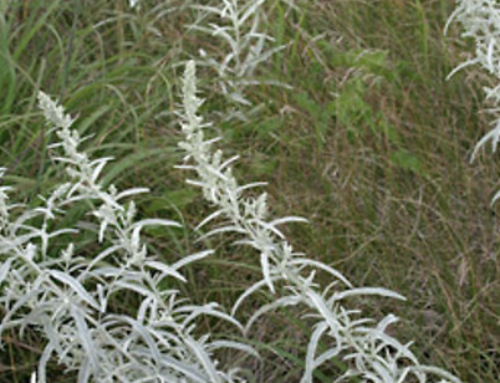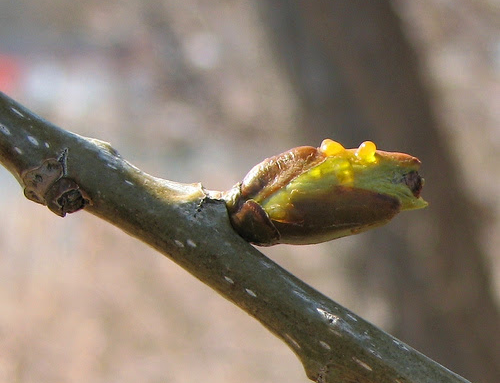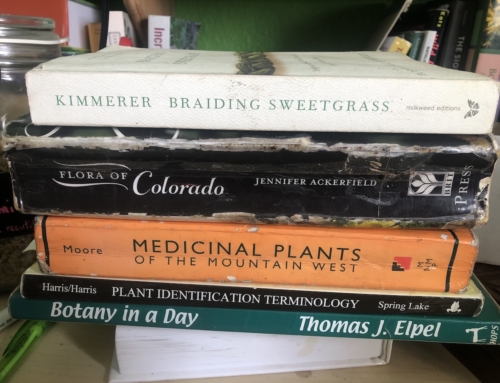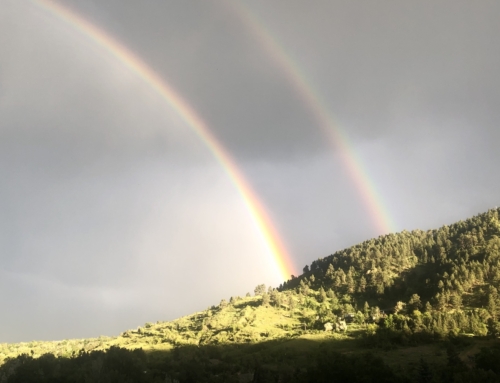Students of our botany program will be very familiar with the many common and diverse fruits of Rosaceae or Rose Family, which includes strawberries, blackberries, apples, peaches, raspberries, pears, cherries and plums. Here are some common wild varieties.
Prunus americana (American Plum)
These wild plums range between 3’ shrubs to 24’ trees depending on conditions. The fresh fruit is good eating, and it also makes good preserves and dried fruit. The large seeds contain cyanide, and must be processed to be edible. Trees and shrubs will bare heavily in some years and lighter in others.
Prunus virginiana (Chokecherry).
Widely distributed in North America, Prunus virginiana was a common food plant of Native people. Chokecherries are small trees or large, multi-stemmed shrubs, and fruits are borne in large clusters of small cherries. The small almond-like pits contain cyanide, and traditional methods of pounding, drying, and cooking are said to render these edible. Chokecherries were managed with fire in California to increase fruit production, clear dead or tangled growth, and control insect pests.





